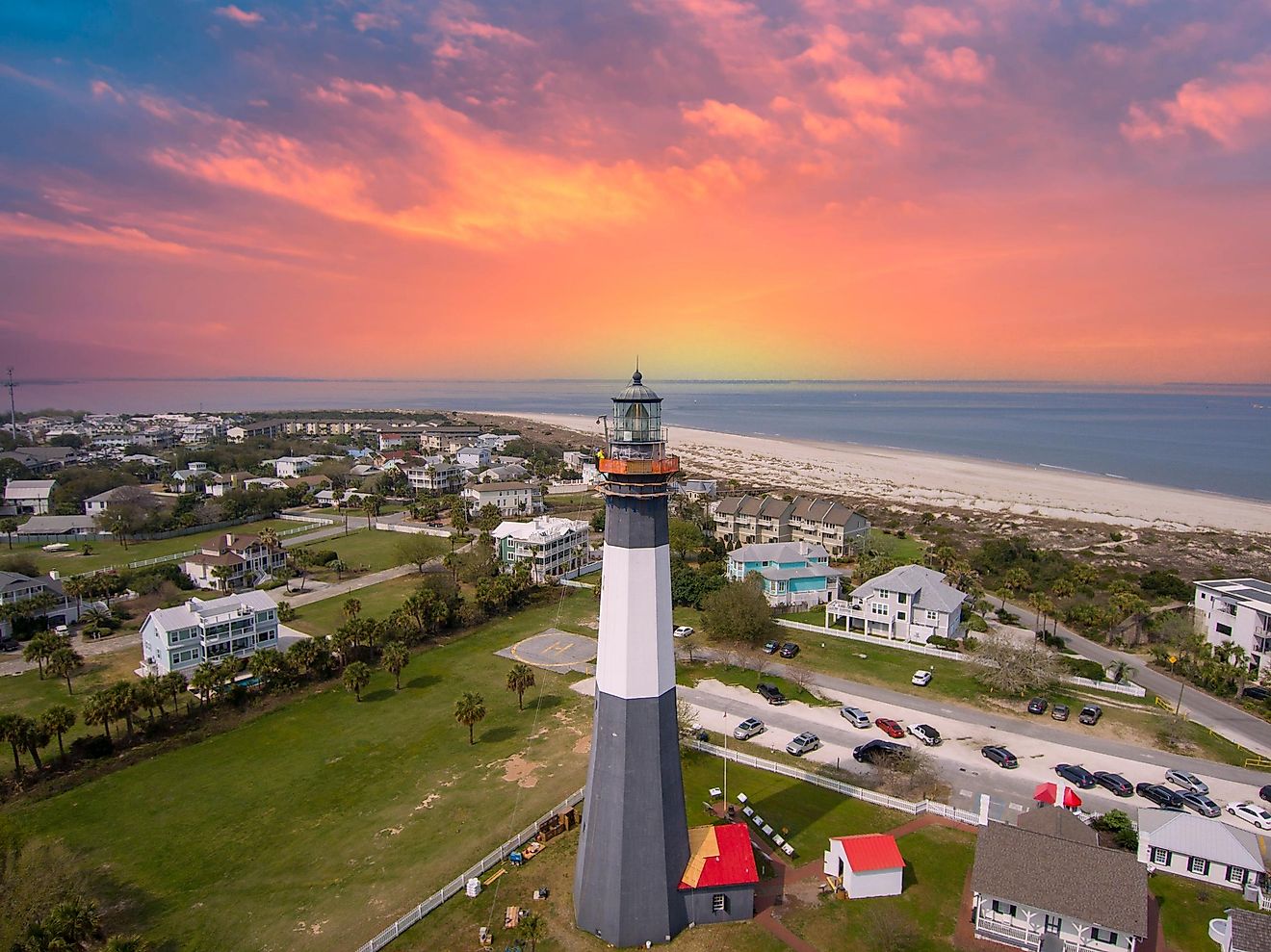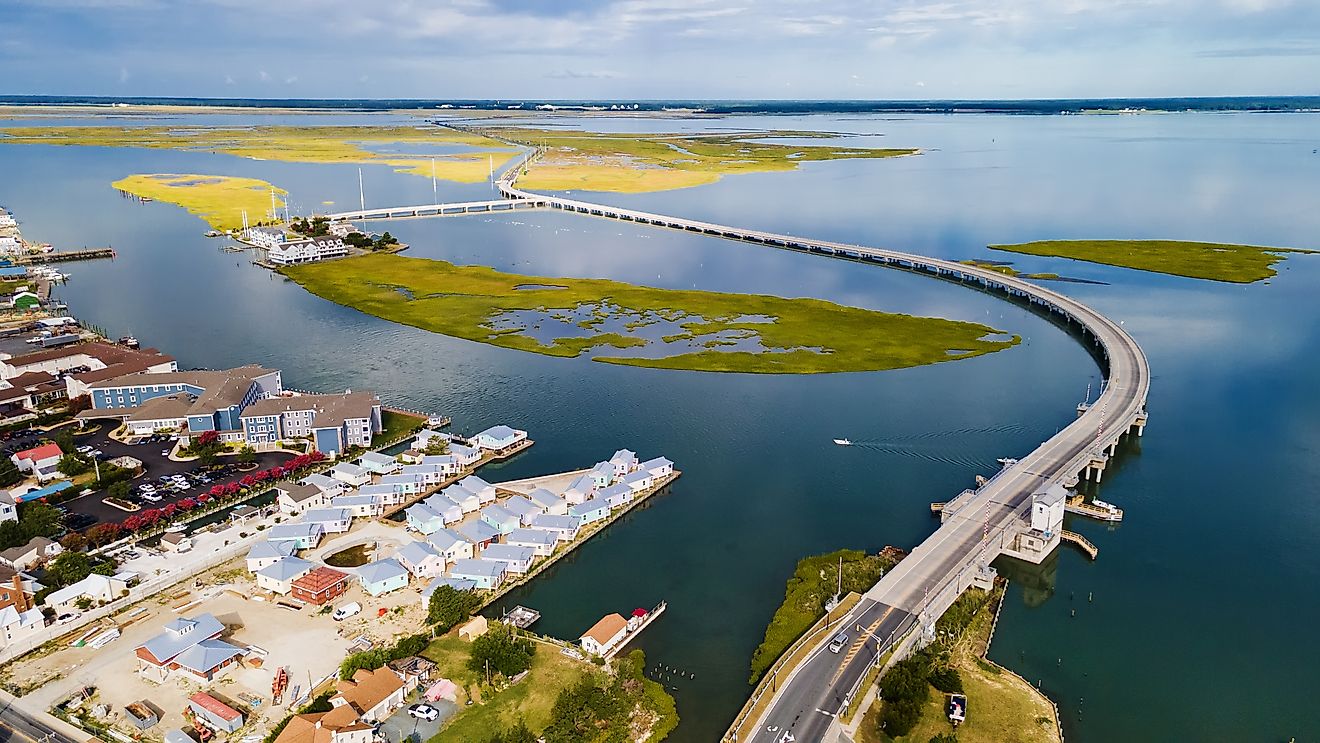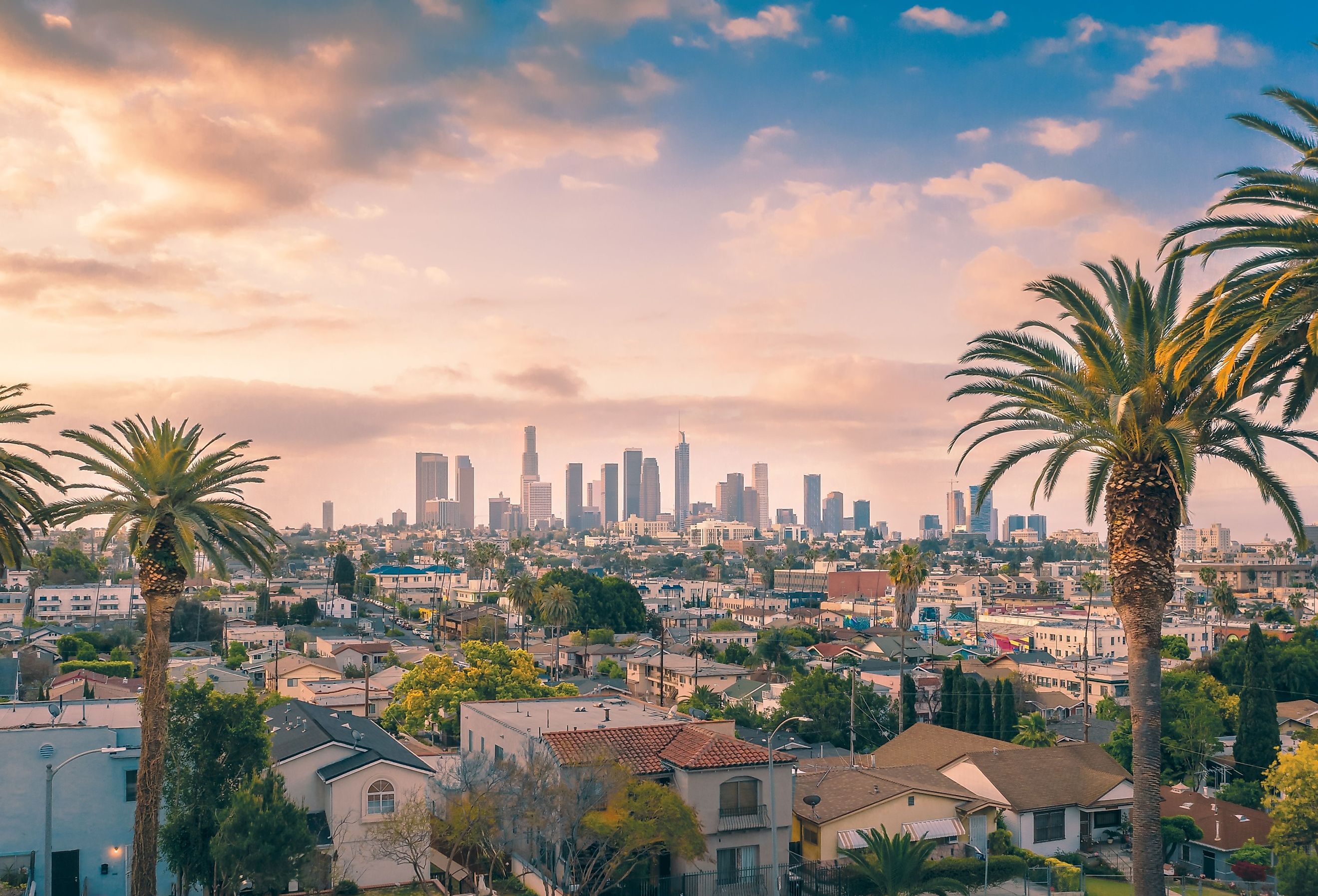
13 Most Expensive Cities in the US
The cost of living across the United States has risen significantly in recent years. This has been on the rise for decades but has gotten noticeably worse since the COVID-19 pandemic. Spurred on largely due to inflation, rural parts of the country have been able to skate by relatively unscathed, while the immediate effects can be seen more visibly in large cities.
Top 13 Most Expensive Cities In The US
| Rank | City | State |
|---|---|---|
| 1 | New York | New York |
| 2 | Los Angeles | California |
| 3 | Honolulu | Hawaii |
| 4 | San Francisco | California |
| 5 | Miami | Florida |
| 6 | Boston | Massachusetts |
| 7 | Chicago | Illinois |
| 8 | Washington | DC |
| 9 | Seattle | Washington |
| 10 | Philadelphia | Pennsylvania |
| 11 | Houston | Texas |
| 12 | Dallas | Texas |
| 13 | Pittsburgh | Pennsylvania |
1. New York, New York

New York remains the most expensive place to live in the United States. This is shockingly apparent in New York's rental market. Rentals have skyrocketed since 2022 and the average now sits at a staggering $4,340.
The cost of day-to-day living is not much better either. In addition to high state and NYC taxes, the city lost nearly 80,000 residents in 2023. If trends continue, more people will leave the Big Apple for more affordable cities.
2. Los Angeles, California
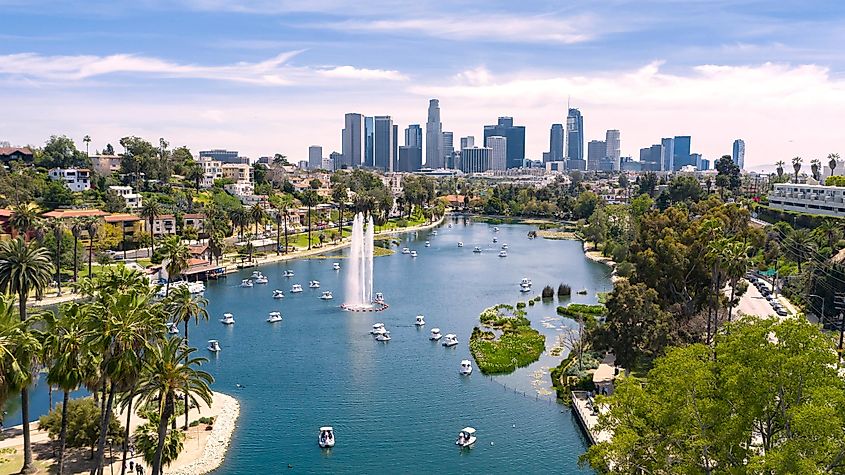
Los Angeles has always been an expensive place to live. However, like many cities in the United States, it has experienced a substantial rise in the overall cost of living in the past few years. LA is currently in the midst of a housing crisis, resulting in the cost of rent and homes climbing.
The attractive lifestyle and warm climate, paired with the allure of the booming entertainment industry based in LA, have always made the City of Angels a desirable place to live. The continued flow of newcomers has made housing scarce and, therefore, more valuable.
3. Honolulu, Hawaii

Surprising to some, Honolulu has remained at the top of the list when it comes to the overall cost of living for decades. The high cost of living in Honolulu can be attributed to two key factors. The first is simply due to its remote geographical location. Located more than 2000 miles from the US mainland, shipping goods to the island is costly and difficult, which is then reflected in retail prices for daily goods.
The second has been the reliable flow of wealthy retirees settling in the city. These people tend to be more than willing and capable of paying above-market prices for homes, which drives up the cost of property in the city.
4. San Francisco, California

Like many other cities, San Francisco is experiencing a housing crisis. The city was the epicenter of the tech boom in the 2010s and is still home to many high-paying, prestigious jobs in that sector. This has attracted many new residents, but the city has been unable to build enough homes to adjust.
San Francisco's geographical restraints have only made this problem worse, as it is surrounded on three sides by water. This has caused the city's limited homes to explode in value and pushed many of its residents out into nearby suburbs.
5. Miami, Florida

During the height of the COVID-19 pandemic in 2020 and 2021, Florida was one of the few states that remained open and imposed very few restrictions on its residents. This resulted in many newcomers looking for steady work and new opportunities.
Ironically, Miami, one of the top destinations for new arrivals, has quickly become unlivable as the cost of living, particularly housing has become almost impossible to meet. In 2020, the average cost of a home was $343,500. It has since increased by 63% increase to $560,000.
6. Boston, Massachusetts

Boston has never been a cheap place to live. However, since the beginning of the decade, this problem has only gotten worse. Boston, similar to San Francisco, experienced a tech boom of its own and has attracted many wealthy new arrivals, driving up the cost of housing and day-to-day living.
It is estimated that a single person living in Boston today must make close to $100,000 annually to live comfortably. According to the MIT Living Wage calculator, an individual must make $30 an hour just to meet the bare minimum for rent, transportation, and food.
7. Chicago, Illinois
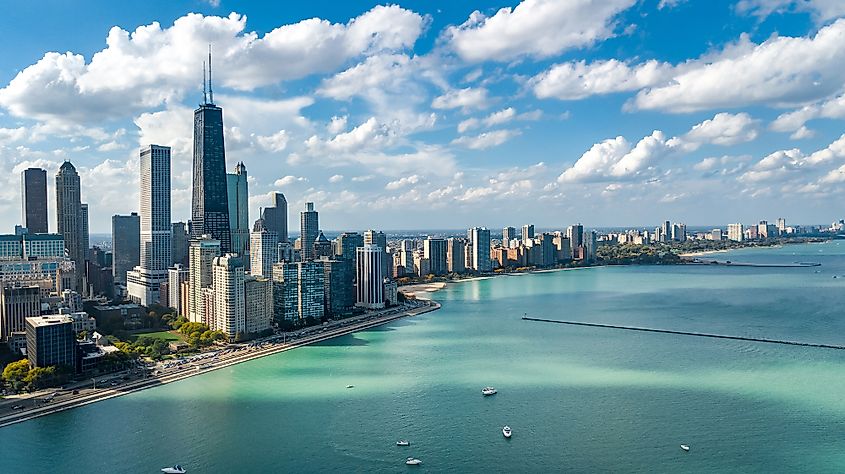
One of the largest cities in the United States, the cost of living in Chicago is one of the highest nationwide. Chicago has long served as a financial and commercial hub for much of the Midwest and has managed to attract many industrious and driven people from the region pursuing high-paying jobs.
This has done wonders for the local economy but has also unintendedly driven up the overall cost of living. Despite being such a pricy place to live, Illinois is regularly ranked as one of the most affordable states.
8. Washington, DC
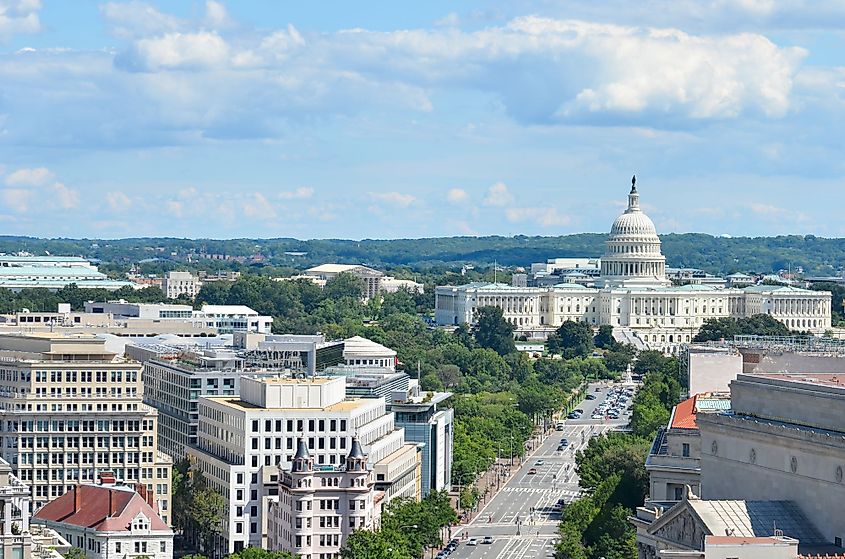
The capital city of the United States has not been spared from a high cost of living either. Many people from all over the country flock to DC to work in the massive government sectors that exist there. The cost of living in DC is 53% higher than the national average but it is its housing market that hits the hardest.
In 2023, the average home in DC was 144% higher than the national average. This has forced many lifelong city residents to either move out further into surrounding suburbs or leave the region altogether.
9. Seattle, Washington

Similar to Boston and San Francisco, Seattle was one, and still remains, a key player in the booming American tech industry. Large companies like Microsoft are based out of the city and have managed to attract some of the most talented people in the world to move in.
This has resulted in high rent and housing prices. Inflation has only exacerbated problems too. This has been an issue long in the making. In 2020, Seattle was already 57% more expensive than the average American city.
10. Philadelphia, Pennsylvania

Philadelphia is not known to be an expensive place to live for those outside of the state, but the City of Brotherly Love has become increasingly unaffordable. A high state tax paired with a high city tax of 8% has done little to help the situation.
High taxes on food as well as relatively expensive transportation and education are a few of the other factors as well. One of the saving graces of Philadelphia is a low property tax. At least when compared to other similarly-sized cities.
11. Houston, Texas
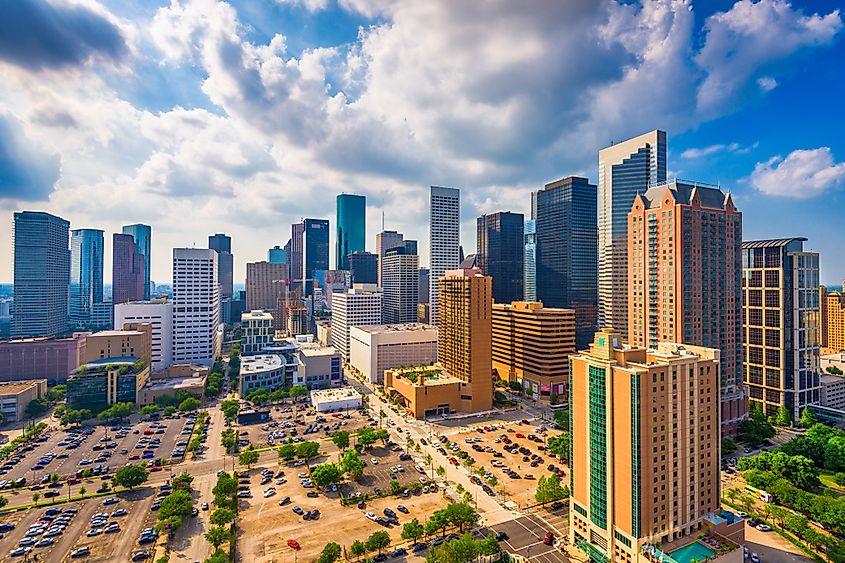
Houston used to be one of the most affordable large cities in the United States, but this took a drastic turn in the other direction during the COVID-19 pandemic. In a similar scenario that Miami faced, during the pandemic, hundreds of thousands of new residents largely originating from California and New York, moved to Texas to help ease some of the economic burdens that they were facing.
Inflation has hit Houston hard. The cost of day-to-day living has increased. Especially for groceries and other daily food items. At least the housing market remains under the national average, but it is not clear how much longer this will remain true.
12. Dallas, Texas
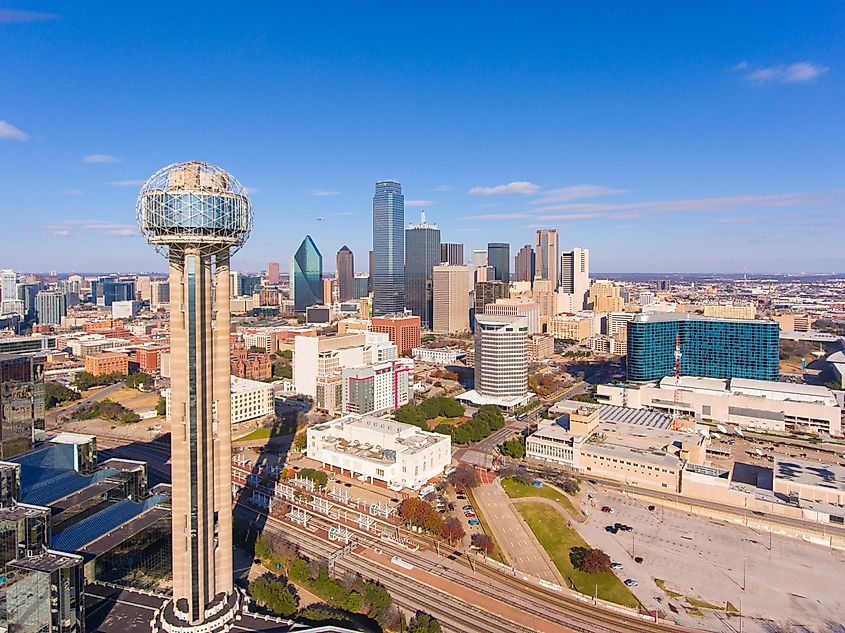
Dallas is in a similar situation to its sister city, Houston. Dallas also experienced a large influx of new residents during the COVID-19 pandemic. Its housing market has been affected the most and has seen drastic rises in the past five years.
In 2018 the price of an average home was $133,300. In 2023, it more than doubled to a shocking $395,788. New initiatives have been put in place to build affordable housing projects as well as construct new highrises in certain areas but it is still unsure if this will have a tangible impact on the problem at hand.
13. Pittsburgh, Pennsylvania

Pittsburgh was once a city that was celebrated for its blue-collar culture and affordable lifestyle that was obtainable by the average American. Sadly, this image is quickly fading as Pittsburgh's housing market has become one of the fastest-rising in the United States.
In 2023, the Pittsburg housing market grew an astounding 22% from the previous year. While housing is growing rapidly, the overall cost of daily goods has remained relatively low.
Final Thoughts
A rise in inflation and a lack of available homes has driven up the cost of living across the United States. There are various initiatives being taken by municipal governments to try and ease this problem but the cost of living crisis is likely going to linger for a while longer.









